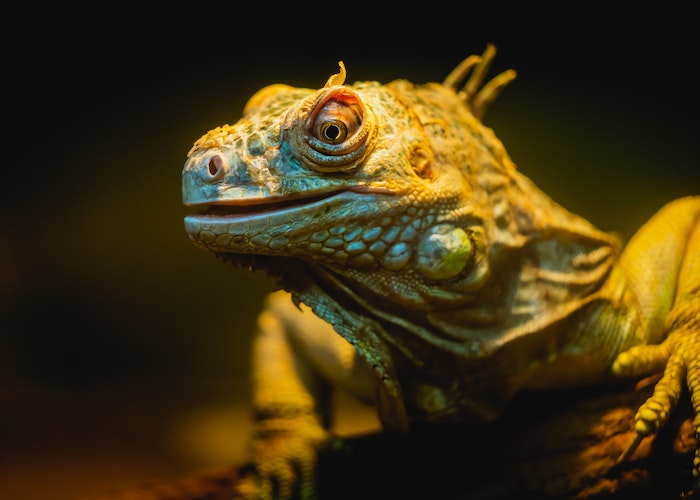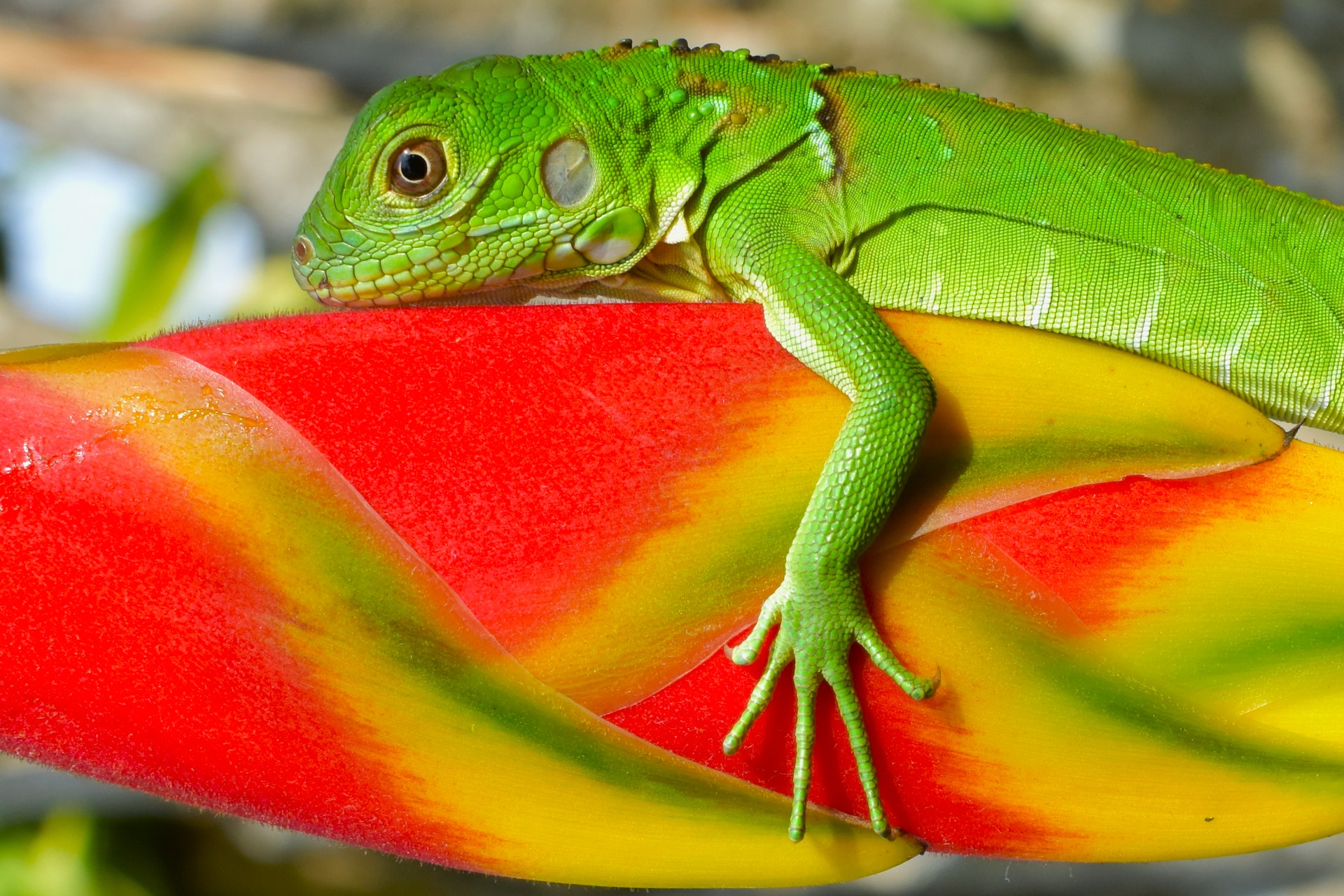Breeding bearded dragons can be an exciting and rewarding experience for reptile enthusiasts. However, it is a complex undertaking that requires careful planning, knowledge, and commitment. In this comprehensive guide, we will explore the ins and outs of breeding bearded dragons, covering everything from the breeding process to essential considerations, care requirements, and potential challenges. Whether you’re a seasoned breeder or a beginner, this article will provide valuable insights to help you navigate the world of bearded dragon breeding successfully.
You should also read these related posts
Bearded Dragon Mating Behavior
Incubating and Hatching Bearded Dragon Egg
Caring for Baby Bearded Dragons
Ethics of Breeding Bearded Dragons
The ins and outs of Breeding Bearded Dragons are following

1. Breeding Considerations
a. Age and Health: It is crucial to ensure that both the male and female bearded dragons are of appropriate breeding age and in good health. Breeding age is typically reached at 18 to 24 months, and it is important to conduct a thorough health check to identify any underlying issues that may affect breeding success.
b. Genetic Considerations: Before initiating breeding, it is essential to understand the genetics of bearded dragons to avoid potential health issues or genetic defects. Research the lineage of your dragons and avoid breeding individuals with known genetic problems.
c. Housing and Enclosure Setup: Separate the male and female bearded dragons until breeding is intended. Provide appropriate enclosures with ample space, proper heating, lighting, and a suitable substrate. The enclosures should also offer privacy and suitable nesting areas for the female.
2. Breeding Process
a. Introduction and Courtship: Once the male and female are of breeding age and in good health, introduce them carefully. Monitor their interactions closely, as male bearded dragons may display territorial behavior initially. Observe the courtship rituals, which typically involve head bobbing, arm waving, and color displays by the male.
b. Mating and Egg Laying: If the courtship is successful, mating will occur. The male mounts the female and clasps her during copulation. After a successful mating, the female will go through a process called ovulation, where eggs develop within her body. Eventually, she will lay the eggs in a suitable nesting site.
c. Incubation: Once the eggs are laid, they need to be carefully collected and incubated. Set up a separate incubator with appropriate temperature and humidity levels to mimic natural conditions. Monitor the incubation process closely, as temperature and humidity fluctuations can impact the viability of the eggs.
d. Hatching and Care of Hatchlings: The incubation period for bearded dragon eggs is typically around 55 to 75 days. Once the eggs start hatching, ensure a suitable setup for the hatchlings, including a small enclosure with appropriate heating, lighting, and food options. Monitor their health and provide necessary care as they transition into independent individuals.
3. Care and Nutrition
a. Proper Diet: Breeding bearded dragons require a balanced and nutritious diet to support the reproductive process. Provide a variety of appropriately sized live insects, such as crickets, mealworms, and Dubia roaches, along with fresh vegetables and occasional fruits. Ensure calcium supplementation to support egg development and prevent calcium deficiencies.
b. Hydration and Water: Ensure access to fresh, clean water at all times for both the breeding pair and hatchlings. Bearded dragons may not drink water directly but obtain moisture from their food. Additionally, misting the enclosure can help maintain proper hydration levels.
c. Temperature and Lighting: Maintain appropriate temperature gradients within the enclosures to support breeding behavior, digestion, and overall health. Provide a basking spot with a temperature range of 95-105°F (35-40°C) and a cooler side around 80-85°F (27-29°C). Use full-spectrum UVB lighting to facilitate proper calcium absorption and overall well-being.
4. Potential Challenges and Considerations

a. Infertility: Bearded dragons, like any other living beings, may experience infertility issues. Factors such as improper pairing, age, or underlying health conditions can contribute to infertility. It is important to be prepared for the possibility of unsuccessful breeding attempts.
b. Egg-Binding: Female bearded dragons may experience egg-binding, where they struggle to lay eggs. This is a potentially life-threatening condition that requires immediate veterinary attention. Ensure that the nesting area is suitable, and the female has access to a proper diet and hydration to minimize the risk of egg-binding.
c. Overbreeding and Stress: Breeding can be physically and emotionally taxing for bearded dragons. Overbreeding can deplete the female’s resources and lead to stress and health issues. Allow sufficient recovery time between breeding attempts and closely monitor the well-being of both the male and female.
Conclusion
Breeding bearded dragons requires careful planning, knowledge, and commitment. By considering important breeding considerations, understanding the breeding process, providing proper care and nutrition, and being aware of potential challenges, you can increase the chances of successful breeding and the production of healthy offspring. Remember to prioritize the health and well-being of your bearded dragons throughout the breeding journey, and seek professional guidance if needed. With patience, diligence, and a deep understanding of these fascinating reptiles, breeding bearded dragons can be a fulfilling and enriching experience for both breeders and the reptiles themselves.
